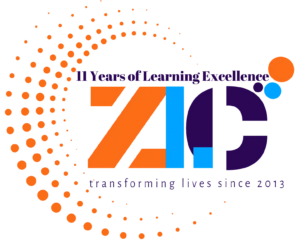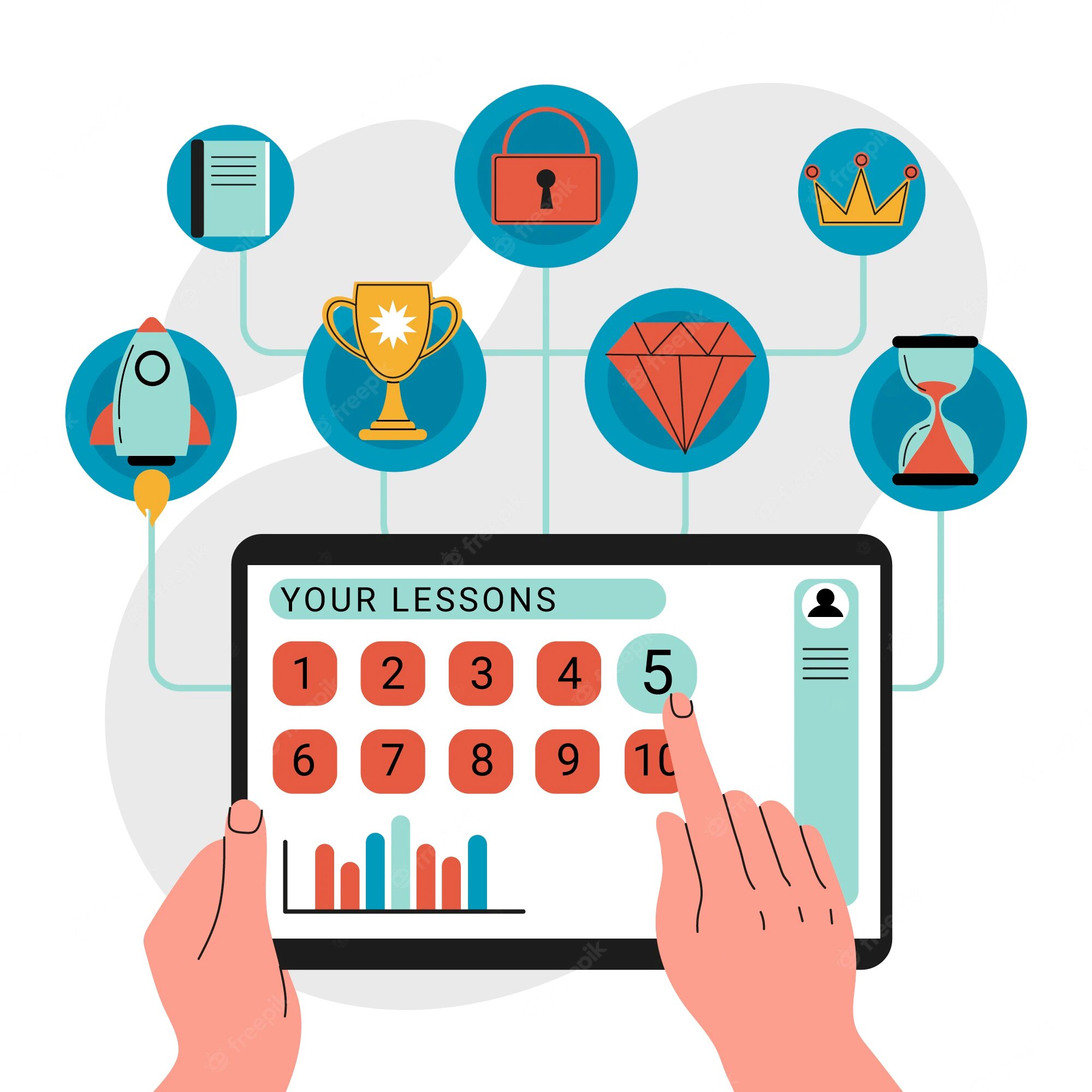All work and no play used to make Jack a dull boy.
Not anymore.
Today many employers are offering a heady combination of play and work. Or rather play and learn.
Employees are being encouraged to brush up on their core skills through gamified e-learning solutions.
Gamification has emerged as a mainstay in the e-learning industry. According to a recent study led by Gartner, about 70% of global organizations are expected to use at least one gamified application in the coming decade.
Gamification has also become indispensable for imparting education to employees. 89% of learners are said to be engaged more in the learning process if the platform has a game-like feature.
In short, gamification in learning is here to stay. However, employers must leverage it strategically to ensure maximum employee engagement experience while learning. Here’s how:
Make Sure the Scenarios Resemble Reality
Incorporating gamification techniques in the training is a great way to drive learner engagement. However, the scenarios provided should match their skill-set and daily responsibilities.
For example, Domino’s Pizza wanted its employees to be familiar with the menu and pizza recipes. It then incorporated a user-friendly pizza maker course to onboard its new employees.
The gamified training curriculum tracked each individual performance and envisaged personalized learning paths for each employee. This improved employee performance and customer satisfaction by a wide margin.
You can take the learners on a virtual adventure but if it doesn’t resemble what they have to do daily, you won’t be getting any results.
The Main Purpose of Gamification Is Boosting Learner Engagement
High rates of engagement remain the main reason why so many employers have eagerly adopted game-based training solutions.
Gamified courses engage learners by creating an ambiance of healthy competition. Quizzes, challenges, trophies, and prizes work as a great way to foster motivation. So when designing a gamified course, elements like points, levels, and rewards must be kept in focus.
Gamification can be combined with Microlearning
Micro learning can be made enjoyable if combined with gamification.
For example, each module or nugget can be followed by a point system and rewards. Learners should also be able to trace their progress, levels completed, and points accumulated through a leader board.
Gamified Features Should Be Performance Oriented
Each micro-game can be made more performance-centric by ensuring that they meet a specific performance-based goal, through content like micro-quizzes.
Games Should Support Team Building
Games are great for building a community. Nowadays, most gamers are not lone wolves but play together in groups. Gamified courses can be a great way to break the ice and promote team morale, especially if the staff is working on a remote basis.
Enable learners to compete with each other on a leader board. It will encourage learners to beat previous scores by absorbing more knowledge and also create a sense of community.

